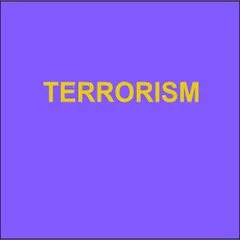By Guillermo Vázquez del Mercado, Ruggero Scaturro, Jerome Veyret and Alex Goodwin
The illicit trade in arms and ammunition not only is a serious criminal market but also strengthens and expands other illicit economies around the globe, increasing the potential or actual use of violence in the commission of crimes. With weapons recycled from conflicts in the past, illegally produced, diverted from state or private stockpiles, or smuggled (in parts or whole) from areas in which supply is abundant, arms trafficking has become the fourth most prevalent criminal market globally, and is particularly prevalent in the Americas and Africa.1 According to the Small Arms Survey database, global firearms-related deaths have decreased by 30% between 2016 and 2020 (from 3.9 per 100 000 in 2016 to 2.7 per 100 000 in 2020).2 However, the organization also estimated that, as of 2017, there were still 857 million firearms in civilian hands worldwide, of which only 12% were registered.3 These weapons can pose enormous threats to civil society and regional stability. Illicit arms enable organized crime and underpin criminal markets. Firearms trafficking can also have a severe destabilizing effect, as the conflicts in which they are used can fuel others in a region, along with further crime and violence. For example, civil wars in Central America in the late twentieth century led to the availability of weapons in the region multiplying. Many of the 30 000 M-16 rifles and the 260 000 M-67 grenades sent to the Salvadoran authorities by the US government are still in circulation and have been used by the Mara Salvatrucha-13 and Barrio 18 gangs and criminal organizations abroad.4
Geneva, SWIT: Global Initiative Against Transnational Organized Crime, 2025. 29p.





